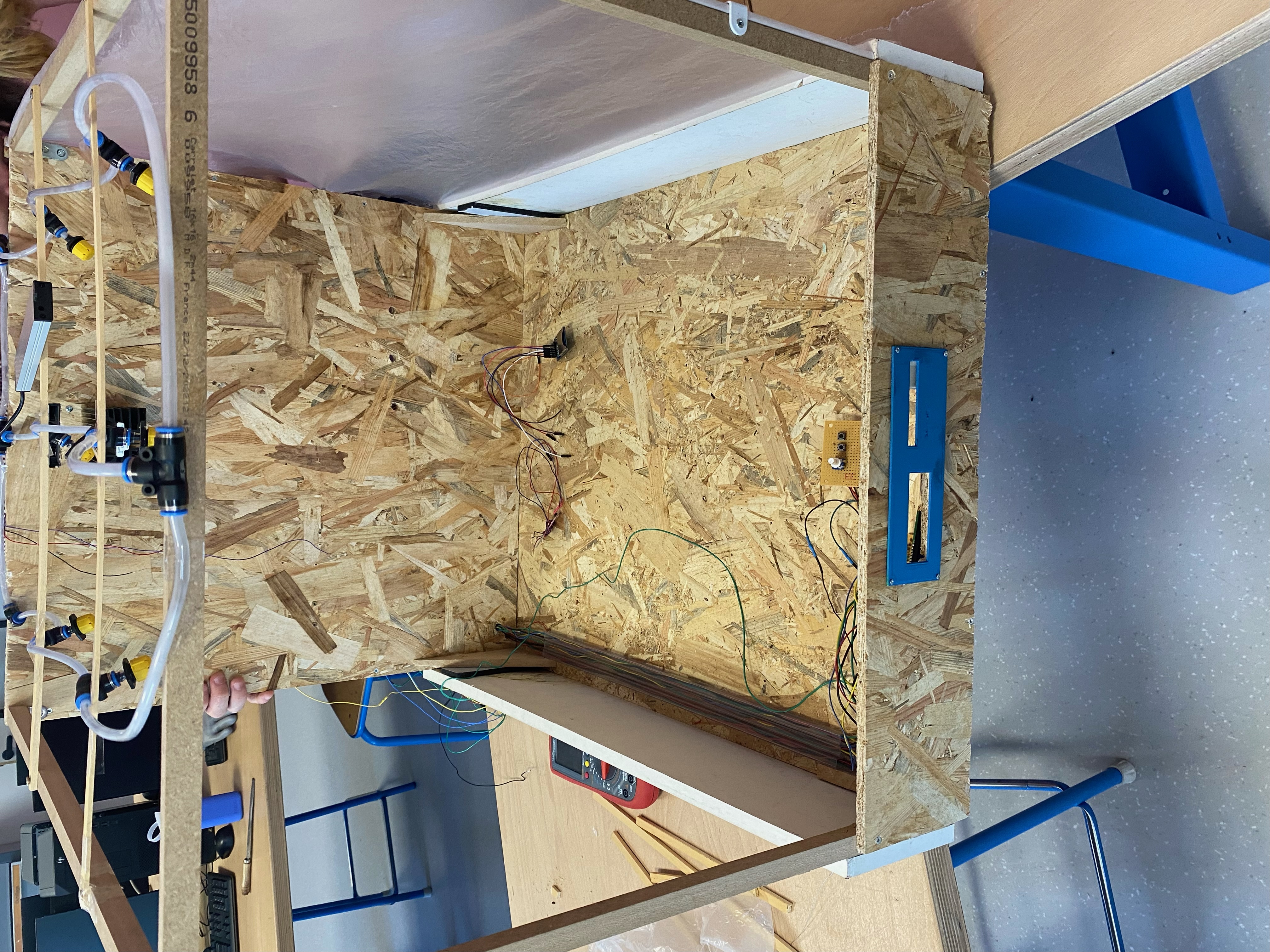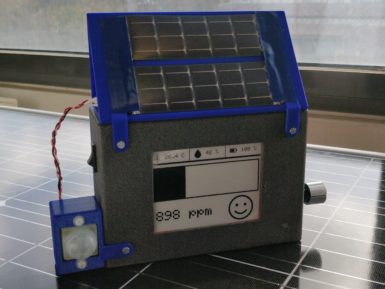
Overview
It can detect combustible Carbon Monoxide, Coal Gas and Liquefied Gas. The sensitivity can be adjusted by the potentiometer.
Hardware Overview
This is an Analog output sensor. It needs to be connected to any one Analog socket in Grove Base Shield. It is possible to connect the Grove module to Arduino directly by using jumper wires. When doing so, please refer to the connection table below:
|
Arduino |
Gas Sensor |
|
5V |
VCC |
|
GND |
GND |
|
NC |
NC |
|
Analog A0 |
SIG |
The output voltage from the Gas sensor increases when the concentration of gas. Sensitivity can be adjusted by rotating the potentiometer.
Please note that the best preheat time for the sensor is 24 hours and above.
Note: Hot-swapping the grove may lead to IC burnout, please turn off the power of main board before swapping grove.
Tech specs
Specification
|
Item |
Parameter |
Min |
Typical |
Max |
Unit |
|
VCC |
Working Voltage |
4.9 |
5 |
5.1 |
V |
|
PH |
Heating consumption |
0.5 |
- |
340 |
mW |
|
RL |
Load resistance |
adjustable |
|||
|
RH |
Heater resistance |
- |
33Ω±5% |
- |
Ω |
|
Rs |
Sensing Resistance |
2 |
- |
20000 |
Ω |
|
CO/CH4/LPG Scope |
Detecting Concentration |
200 |
- |
1000/10000/10000 |
ppm |
Technical Details
|
Dimensions |
130mm x 90mm x 23mm |
|
Weight |
G.W 15g |
Get Inspired

Just a simple and enjoyable autonomous greenhouse

Humans are animals and like all animals, we evolved in mostly outdoor conditions where the air is nice and fresh. But modern society keeps most of us indoors the vast majority of the time, which could have negative health effects. There are many potential hazards, including a lack of sunlight and psychological effects, but CO2 may pose a more tangible risk. To keep tabs on that risk within classrooms, a team from Polytech Sorbonne built this small CO2 monitor. This CO2 monitor performs two functions: it shows anyone nearby the CO2 levels in the area and it uploads that data over LoRaWAN to a central hub that can track the levels across many locations. A school could, for example, put one of these CO2 monitors in every classroom. An administrator could then see the CO2 levels in every room in real time, along with historical records. That would alert them to immediate dangers and to long term trends. At the heart of this CO2 monitor is an Arduino MKR WAN 1310 development board, which has built-in LoRa® connectivity. It uses a Seeed Studio Grove CO2, temperature, and humidity sensor to monitor local conditions. To keep power consumption to a minimum, the data displays on an e-ink screen and an Adafruit TPL5110 timer only wakes the device up every ten minutes for an update. Power comes from a lithium-ion battery pack, with a DFRobot solar charger topping up the juice. It uploads data through The Things Network to a PlatformIO web interface. An Edge Impulse machine learning model detects anomalies, so it can sound a warning even if nobody is watching. The enclosure is 3D-printable.





